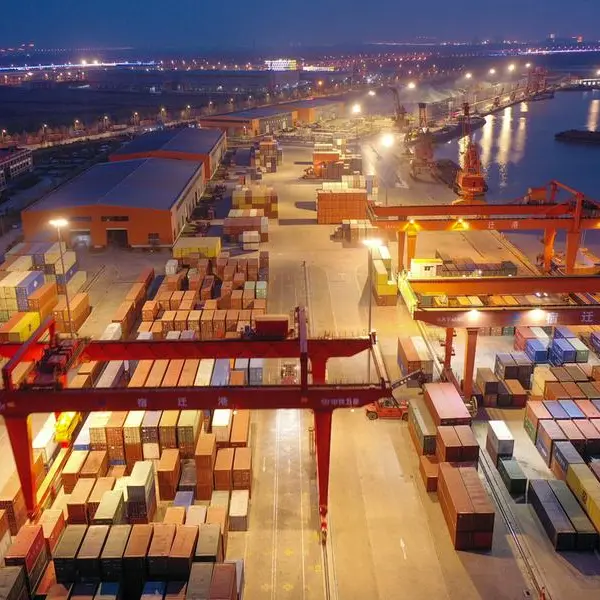PHOTO
A strong earthquake in the southern Philipppines on Saturday halted a search for scores of people believed buried in a deadly landslide, forcing rescuers to vacate the area, officials said.
There were no immediate reports of injuries or damage from the magnitude 5.8 quake that shook the Mindanao region at 11:22 am (0322 GMT), but rescuers were ordered to stop their search in the remote gold-mining village of Masara.
A massive landslide buried a bus terminal and 55 houses near an Apex Mining Co. gold mine on Tuesday night, killing 28 people, mostly miners, and leaving 32 injured, according to an updated official tally.
Hundreds of rescuers are searching for at least 77 people who remain missing and believed buried under the rubble spread over 8.9 hectares (22 acres) at the bottom of a wooded mountain valley.
"We ordered them (rescuers) to go up to a safer area," Apex Mines official Ferdinand Doble told a news conference.
Rescue efforts had not resumed more than 30 minutes later as drones were flown to check for signs of potential secondary landslides that could endanger the lives of the rescuers, he added.
The quake epicentre is about 150 kilometres (90 miles) north of the landslide site.
On Friday rescuers found a three-year-old girl alive after nearly 60 hours under the rubble, but mostly they have only been finding bodies.
"We're still hoping to save more people even after four days," Davao de Oro provincial disaster chief Randy Loy told the news conference.
However "we can't really guarantee their chances of survival" after 48 hours, he said, adding 474 rescuers were deployed at the Masara landslide.
Military rescuers were set to employ specialised equipment, their commander, Brigadier-General Ronnie Babac, told the news conference.
These include thermal scanners that can detect signs of life beneath the rubble as well as specialised "snake cameras", also known as borescopes designed to peek into confined spaces.
Landslides are a frequent hazard across much of the archipelago nation due to the mountainous terrain, heavy rainfall, and widespread deforestation from mining, slash-and-burn farming and illegal logging.
Rain has pounded parts of Mindanao on and off for weeks, triggering dozens of landslides and flooding that have forced tens of thousands of people into emergency shelters.
Massive earthquakes have also destabilised the region in recent months.























